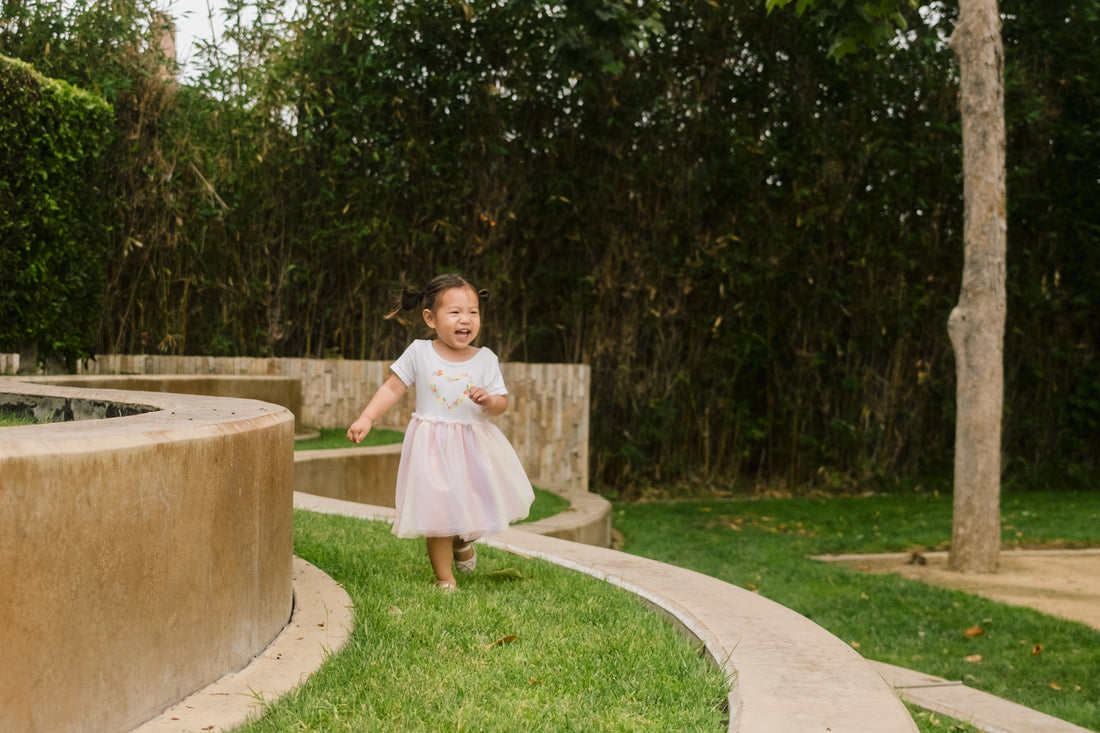
Simple Ways to Teach Toddlers to Name and Express Their Emotions
Toddlers feel emotions in a big way—whether it’s the joy of seeing their favorite toy or the frustration of not getting that popsicle (we’ve all been there!). But while their feelings are huge, their ability to express them is just beginning to develop.
Teaching toddlers to name and express their emotions is a powerful way to help them navigate these big feelings. It not only reduces tantrums but also builds a strong foundation for emotional intelligence. Here’s how you can start today!
Why Naming Emotions is Important
When toddlers can name their emotions, they gain the ability to communicate what they’re feeling. Instead of crying or throwing a toy, they can say, “I’m sad” or “I’m angry.”
Research shows that teaching kids to name their emotions helps them:
• Self-regulate: Knowing what they’re feeling is the first step toward managing it.
• Build relationships: Understanding emotions makes it easier to connect with others.
• Reduce frustration: A toddler who can express their feelings is less likely to act out.
1. Start With Everyday Moments
You don’t need a special lesson to teach emotions—it can happen naturally during your day. When your toddler is happy, sad, or upset, take a moment to name their feelings:
• “You’re smiling—are you feeling happy?”
• “I see you’re stomping your feet. Are you angry?”
By regularly naming emotions, you help them build a vocabulary to describe how they feel.
2. Use Bilingual Books About Emotions
Books are one of the best tools for teaching emotions, especially bilingual books. They not only introduce kids to feelings but also provide a second language to express them.
For example, “I Want a Popsicle!” is a bilingual story that teaches toddlers how to manage anger. Through relatable characters and simple language, it helps kids understand what anger feels like and how to handle it in a healthy way.
Reading books together gives you a chance to:
• Pause and ask: “How do you think the character is feeling?”
• Teach new words: “Can we say ‘angry’ in Chinese?”
• Discuss coping strategies: “What could they do to feel better?”
3. Play Games That Teach Feelings
Toddlers learn best through play. Try these simple activities:
• Emotion Cards: Create flashcards with faces showing different emotions. Practice naming them together.
• Mirror Game: Make a face (happy, sad, surprised) and have your toddler mimic it. Then, switch roles.
• Emotion Hunt: Look for emotions in books, TV shows, or even when out and about: “That person looks excited—what do you think?”
4. Model Emotional Awareness
Your toddler learns by watching you. When you express your own emotions, you show them how to do the same.
• “I’m feeling frustrated because the dishwasher isn’t working. I think I’ll take a deep breath.”
• “I’m so happy to see you sharing with your sibling!”
By naming your emotions and showing healthy coping strategies, you teach your child how to manage their own feelings.
5. Make It Fun and Interactive
Teaching emotions doesn’t have to feel like work. Use songs, pretend play, or even arts and crafts to make it engaging. For example:
• Sing songs like “If You’re Happy and You Know It” with extra verses for other emotions.
• Draw pictures of faces showing different feelings and let your toddler color them in.
Recommended Resources to Help
To make emotional literacy a regular part of your routine, check out these resources:
1. “I Want a Popsicle!” – A bilingual book that teaches kids to manage anger.
2. Boba Emotions Board Book – By bittybao, a board book that teaches the entire range of emotions in a fun way through boba!
3. Guess The Feelings with Daniel Tiger – A tool for practicing emotions at home.
Help Your Toddler Build Emotional Skills Today
Teaching your toddler to name and express their emotions is one of the greatest gifts you can give them. It sets them up for a lifetime of emotional intelligence, strong relationships, and self-confidence.
Ready to get started? Grab a bilingual book like “I Want a Popsicle!”, and start naming those big feelings today!
